The Beginner’s Guide to Spelt Flour
If you’re curious about spelt flour and how it can enhance your baking, my Beginner’s Guide to Spelt Flour is a great place to start. Whether you’re seeking a wholesome alternative to regular flour or simply want to try something new, spelt flour is a great choice.
In this guide, we’ll cover everything you need to know about spelt flour, including tips on how to use spelt in your baking, its benefits, and simple recipes to get you started.
Detta finns även på svenska: Dinkelmjöl: en guide för nybörjare.
From culinary experiments to spelt obsession: Why I started this blog
Before The Spelt Kitchen, there was The Culinary Jumble. My first blog where I dabbled in all sorts of baking. It was a bit of everything, really: sweet, savoury, indulgent, healthy-ish, and somewhere along the way, I stumbled into spelt flour. And I fell hard.
What started as an occasional swap for regular flour quickly became a full-blown obsession. I loved the way spelt behaved in baking, how it tasted, and how it felt like a slightly more wholesome choice, without sacrificing flavour or texture. So, around seven years ago, I decided it deserved its own space. That’s when The Spelt Kitchen was born.
Since then, I’ve developed recipes, written an e-book called Baking with Spelt, and shared my favourite ways to use this amazing flour. But somehow, in all that time, I never sat down to write the actual guide to baking with spelt. Until now.
So here are the basics of what I’ve learned so far. This isn’t a comprehensive guide, and I’m not an expert. I’m learning as I go, mostly through trial and error. This post reflects my own experience of baking with spelt up to now, rather than fixed rules, and I’ll update it as I learn more. As my experience grows, some of this advice may change or be refined.
What is spelt flour?
Spelt flour comes from an ancient grain that has been cultivated for over 7,000 years. A distant cousin of modern wheat, spelt (known scientifically as Triticum spelta) was once a staple crop in Europe and the Middle East. It was widely grown during the Roman Empire and remained popular throughout the Middle Ages, especially in Germany and Switzerland, before falling out of favour with the rise of modern wheat varieties that were easier to process and mass-produce.
In recent years, however, spelt has made a comeback. This is mainly thanks to its nutritional benefits, rustic flavour, and a growing interest in traditional grains. Bakers and home cooks alike are rediscovering this wholesome flour and finding that it offers a delicious alternative to more refined, processed flours.
So, what sets spelt apart?
Spelt, particularly white spelt, contains a more delicate form of gluten, which can result in softer, more tender baked goods. While it’s not gluten-free, many people find it easier to digest than modern wheat, particularly when used in its wholegrain form.
Nutritionally, spelt flour is a powerhouse:
-
It’s high in protein, often slightly more than regular wheat.
-
It contains more fibre, especially if you’re using whole spelt flour.
-
It also offers a rich array of vitamins and minerals, including iron, magnesium, zinc, and B vitamins.
Whether you’re baking bread, muffins, or pancakes, spelt flour brings both substance and flavour to your recipes. Oh, and a little history, too.
Different types of spelt flour
While many people assume spelt flour is always wholegrain, it actually comes in several varieties. As with regular flour, the one you choose can affect the flavour, texture and overall outcome of your final bake.
- Whole spelt flour: This is made from the entire grain, including the bran and germ, and has a slightly coarser texture. It offers more fibre and nutrients and works well in rustic loaves, pancakes, and hearty muffins.
- White (refined) spelt flour: This flour has had the bran and germ removed, resulting in a lighter texture and milder flavour. It’s great for softer bakes like cakes, cookies, and sandwich bread, and can often be used as a direct substitute for all-purpose flour. I tend to use this one most often; it acts very similarly to all-purpose (plain) flour, making it easy to work with.
- Stone-ground spelt flour: Stone-grinding retains more of the grain’s natural oils and nutrients. It typically produces a denser, slightly more textured bake, and is often preferred for artisan-style bread.
When shopping, check the label carefully. Some spelt flours are clearly marked as “whole” or “white,” while others may just say “spelt flour” without further details. If you’re unsure, the colour and texture can offer clues. As with regular flour, whole spelt tends to be darker and more speckled, while white spelt flour looks pale and fine.
Spelt flour vs. regular flour
While both spelt flour and all-purpose flour are staples in baking, they differ in taste, texture, nutritional profile, and most importantly, how they behave in recipes.
While whole spelt flour can have a slightly fuller, earthier, almost nutty flavour, white spelt flour has a very mild, neutral taste, making it a versatile substitute for all-purpose flour in most recipes. It works well with both sweet and savoury ingredients, without introducing any noticeable flavour of its own. In contrast, regular all-purpose flour also offers a neutral base, but some bakers find spelt’s subtle character gives a touch more personality to baked goods.
Nutritionally, spelt flour tends to have the edge. It generally contains more protein, fibre, and essential nutrients like B vitamins, magnesium, and iron compared to standard white flour. Whole spelt flour, in particular, retains more of the grain’s natural goodness, whereas refined white flour is often stripped of nutrients during processing (unless enriched later).
It’s important to note that as spelt flour still contains gluten, it’s not suitable for those with coeliac disease. However, some people with mild wheat sensitivities find spelt easier to digest, thanks to its simpler gluten structure and overall nutritional balance.
Side by side comparison
Here’s a side-by-side comparison of white spelt flour and regular white flour:
| Feature | White Spelt Flour | Regular Wheat Flour |
|---|---|---|
| Grain Type | Ancient grain (Triticum spelta) | Modern wheat (Triticum aestivum) |
| Glycaemic impact | May have a slightly gentler effect on blood sugar | Tends to be higher, especially in ultra-refined flours |
| Digestibility | Considered easier to digest by many due to its simpler gluten structure | Can be harder to digest for those with wheat sensitivities |
| Vitamins & minerals | Often retains more magnesium, zinc, and B vitamins, even when refined | Typically enriched after processing; fewer naturally occurring nutrients |
| Protein | Slightly higher on average; supports structure and satiety | Moderate to high, especially in bread flour |
| Fibre | Naturally retains more fibre than typical white wheat flour | Lower, due to more extensive refining |
| Processing | Usually less processed and unbleached, preserving more of its natural character | Often heavily refined or bleached for consistency |
Where to buy spelt flour
Spelt flour has seen a rise in popularity and is available in a variety of places. In Sweden, it is typically found in the regular flour aisle, although you may also spot it in the organic or natural food sections. While it’s generally a bit more expensive than regular flour, the difference is not substantial. Health food stores are another good option, often stocking it in the whole grains section. For convenience, online retailers such as Amazon, Thrive Market, iHerb, and Dove’s Farm offer spelt flour, and local specialty shops or farmer’s markets may carry it as well.
When purchasing spelt flour, keep in mind that prices can vary. Some retailers may offer discounts or bulk pricing, so it’s worth comparing costs between your local shops and online stores. While buying from smaller, local suppliers can often be pricier, it offers the advantage of supporting small businesses and sometimes providing a more sustainable product.
Baking with spelt: cakes and cookies
Spelt flour is a fantastic ancient grain to experiment with, and if you’re already accustomed to baking with regular wheat flour, you’ll find the transition to spelt relatively simple. While spelt flour can typically replace all-purpose flour at a 1:1 ratio, there are some subtle adjustments to keep in mind for the best results. You can adapt almost any cake or cookie recipe by simply swapping regular flour for spelt flour. Just follow all the other instructions as usual, and you’ll likely find the results just as delightful.
That said, you may need to make a few small tweaks to achieve the right texture without sacrificing the delicious flavor spelt brings. Luckily, with my spelt flour recipes, all the guesswork has already been done for you.
One of the first things you may notice when using spelt flour is that it absorbs liquid differently from all-purpose flour. The batter or dough might feel a little looser than you’re used to. If that happens, don’t panic. Simply adjust the amount of liquid slightly or add a little more flour until you reach the desired consistency. It’s a minor adjustment, but paying attention to this can help prevent overly wet or dense bakes.
Another important tip is to handle the batter and dough gently. Spelt flour has a more delicate gluten structure than wheat flour, so over-mixing can lead to a denser texture. For lighter baked goods like cakes and cookies, it’s key to mix just until combined. This will help maintain a tender, airy crumb, ensuring your treats turn out soft and delicious.
Baking with spelt: yeasted bread
Baking bread with spelt is a little different from cakes, cookies, or pastry. Its gluten is more delicate than modern wheat, which makes the dough softer and more extensible.
Lean spelt dough tends to rise very quickly due to its fragile gluten structure, which makes it especially prone to over-proofing. When this happens, the gluten network weakens and can no longer retain gas effectively, causing the dough to become overly soft, sticky, and slack.
As a result, the dough may spread instead of holding its shape, lose oven spring, and even deflate when handled or scored. The finished loaf often ends up dense or crumbly with a tight crumb, and in some cases the flavor may become dull or slightly sour due to over-fermentation.
In comparison, enriched spelt doughs, made with added fats, sugar, or eggs, ferment more slowly than lean spelt doughs and therefore require a longer proofing time. If they are not proofed for long enough, they tend to show excessive oven spring, which can cause the dough to burst, tear, or bake up unevenly as it rapidly expands in the oven.
Filled enriched spelt doughs are especially prone to spreading or becoming lopsided, as the added weight and uneven distribution of the filling place extra strain on spelt’s naturally fragile gluten structure. This behavior is typical of enriched spelt doughs, and some unevenness is normal rather than a fault.
This is just a very condensed version of the information you can find in my post, Enriched Spelt Loaves: Tips, Troubleshooting & What to Expect.
Spelt flour in everyday cooking
Spelt isn’t only for baking. If you’re looking for ways to incorporate spelt flour into meals beyond baked goods, there are plenty of delicious options. Spelt flour’s taste and nutritional benefits make it a fantastic choice for savory dishes. Here are some ideas to try out:
- Yorkshire puddings: Use spelt flour in place of all-purpose flour to make light, fluffy puddings perfect for Sunday roasts.
- Pancakes: Spelt flour adds a soft, tender texture to pancakes, ideal for a wholesome breakfast or brunch.
- As a thickener: Spelt flour can be used to thicken sauces, gravies, and soups as a substitute for cornstarch or all-purpose flour.
- Tortillas: Spelt flour makes for soft, pliable tortillas with a slightly nutty flavor, great for wraps and tacos.
- Naan bread: Spelt flour gives naan bread a deliciously soft texture, perfect for dipping or serving alongside curry.
- Pasta: Create fresh, homemade spelt pasta, which adds a slightly richer flavor and a pleasant chewy texture.
- Dumplings: Use spelt flour for dumplings to create tender, hearty little bites, ideal for soups and stews.
The best spelt flour recipes for beginners
When you’re just starting out with spelt flour, it’s helpful to begin with a few simple, beginner-friendly recipes that showcase its versatility. These recipes will not only introduce you to the unique qualities of spelt flour but also allow you to experiment with different baking techniques, from quick breads to simple cakes.
The best part? Each recipe is easy to make and forgiving, so you’ll get great results even if you’re new to baking with spelt.
Yeasted bread that requires kneading is often tricky and takes years to master. Skip the yeast or kneading, and it’s surprisingly hard to get it wrong.
No-knead spelt bread buns are a simple and delicious way to enjoy fresh bread with minimal effort. By allowing the dough to rest overnight in the fridge, the flavours develop, making them a quick and easy bake the following day.
Other no-knead breads that don’t require yeast are soda bread and quick bread, are provide simple ways to practice baking with spelt flour.
Muffins made with white spelt flour, like these spelt flour blueberry muffins, are a delightful and easy-to-make treat. Just look at that soft crumb! The addition of cinnamon and nutmeg brings warmth and depth to the muffins, making them perfect for breakfast or a snack. These muffins are a great way to explore the versatility of spelt flour in everyday baking.
If you want an indulgent sugar fix, try my doughnut muffins or kladdkaka muffins. For a healthier option, go for wholemeal strawberry or orange and raisin muffins. And don’t forget, muffins can be savoury too, as my feta and chive muffins proudly show.
Any type of cookie can benefit from the addition of spelt flour. These decadent yet deceptively simple chocolate chunk cookies come together quickly, without the need to chill the dough. You literally just throw everything together in a bowl, stir and bake.
For more simple spelt flour cookies, check out my Swedish chocolate cookies or spelt butter cookies.
Sweden’s favourite, kladdkaka, is the easiest, most foolproof cake known to man. There’s nothing more complicated than melting some butter and chocolate. It doesn’t need to rise and is supposed to sink, as that’s what creates its dense fudginess. Or, if you’re like me, its downright molten-ness (which happens due to a deliberate under-bake).
For irresistible decadence, go for my my kladdkaka with a fudgy topping:
For a more simpler version, try my dark chocolate kladdkaka.
I use the same base recipe for my brownies, but bake them a little longer. These gooey caramel fudge brownies are testament to this. Look at that caramel. Divine.
For more simple spelt flour brownies, check out my cherry brownies and dark chocolate marshmallow brownies. For a festive treat, you’ll love my gingerbread brownies and brownie Christmas trees.
Everyone loves a simple, delicious cake recipe. When it comes to the magic of spelt flour, it doesn’t get any better (or easier) than my lemon air fryer cake. Just mix all the ingredients together and pop the batter in your air fryer. When baked, sprinkle with a little icing sugar, and you’re done.
If you’d rather bake a cake in an oven, don’t worry. Have a look at my glazed spelt doughnut cake, one-layer chocolate fudge cake or orange drizzle cake.
Spelt flour is also a great choice for making cupcakes, such as my wonderful raspberry and blackberry frosted cupcakes.
Like bread, pastry is one of those things that takes practice to get right. Even though it has only a handful of ingredients. And then there’s all that faffy blind baking. A relatively new recipe for me, but one I’ve made countless times since, is my olive oil wholegrain pastry. It needs no blind baking yet delivers a crisp, delicious crust every time.
FAQ
Is spelt flour gluten-free? No, spelt contains gluten, so it is not suitable for people with celiac disease or gluten sensitivity. However, it has a different gluten structure than wheat, which some people find easier to digest.
Do spelt baked goods dry out quicker?
Spelt baked goods tend to dry out a little faster than those made with wheat flour, especially bread, which can start to go stale within an hour if left uncovered. To keep them fresh, store any uneaten items properly, and freeze leftovers whenever possible.
Can you freeze spelt baked goods?
Yes, spelt baked goods can be frozen, just like those made with wheat flour. In fact, I’ve noticed that cakes made with spelt freeze better than regular flour goods. To maintain the best texture, wrap them tightly before freezing and allow them to thaw at room temperature.
Is spelt flour more expensive?
Spelt flour tends to be a bit more expensive than regular wheat flour. However, the price difference is often small, depending on the brand and where you buy it.
Is spelt flour really gentler on your stomach?
I think so. Actually, I know so. Many people find spelt easier to digest than wheat due to its different gluten structure and higher solubility in water.
More spelt flour tutorial posts
As I mentioned earlier, I’ve been baking with spelt for several years. It’s definitely been a journey of trial and error. I’ve gathered my experiences and share them in more specific tutorials:
In this post, I guide you through the process of making a simple loaf of bread. This includes common pitfalls to avoid when using a bread machine.
This time, I focus on using a bread machine to make wholegrain spelt bread. Specifically exploring which cycle is best for this type of flour.
This tutorial settles the debate on whether spelt flour can perform as well as regular white flour. Check out my results, which may not be as surprising as you think.
Spelt flour makes amazing scones, fact. While the process is fairly simple, there are a few key things to watch out for to ensure perfect results.
Ready to experiment with spelt flour?
Now that you’re equipped with the basics of spelt flour, it’s time to experiment in the kitchen. We hope this guide has boosted your confidence in baking with spelt flour. Whether it’s bread, cookies, or muffins, spelt flour offers great flavor and nutritional benefits.
Don’t hesitate to get creative and enjoy the process. There’s so much to discover with spelt flour. Let’s go!
2 thoughts on “The Beginner’s Guide to Spelt Flour”
Leave a Reply

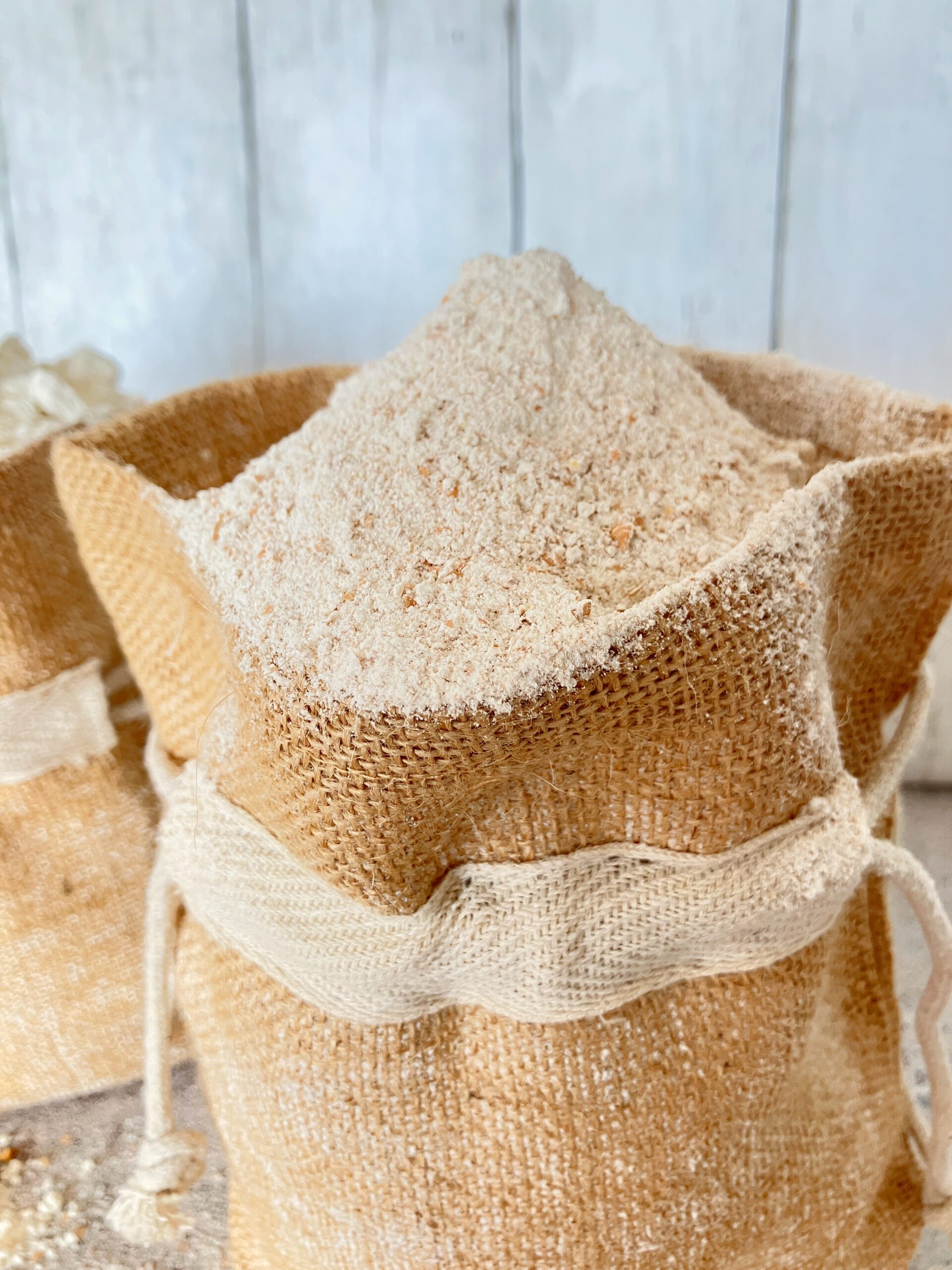


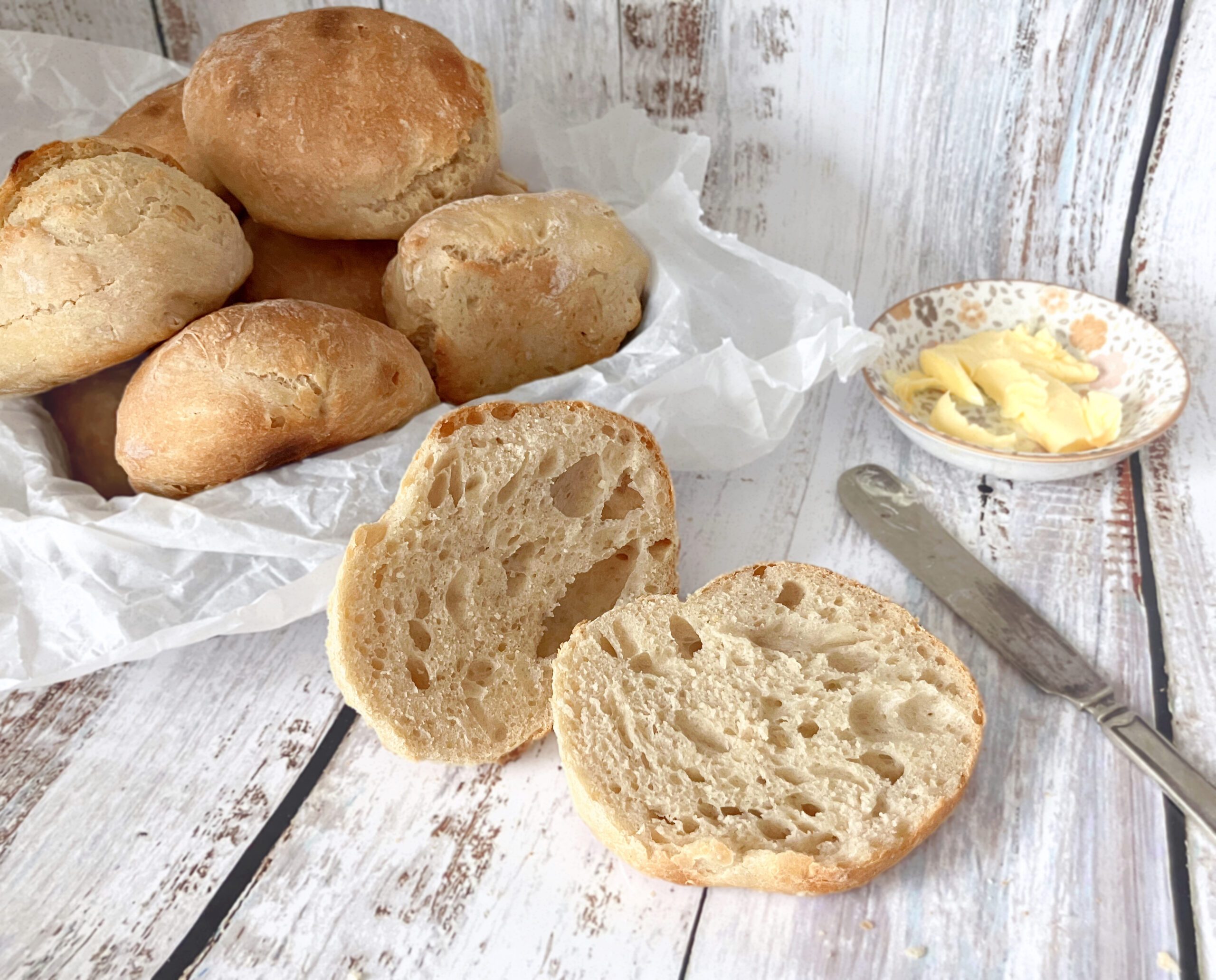

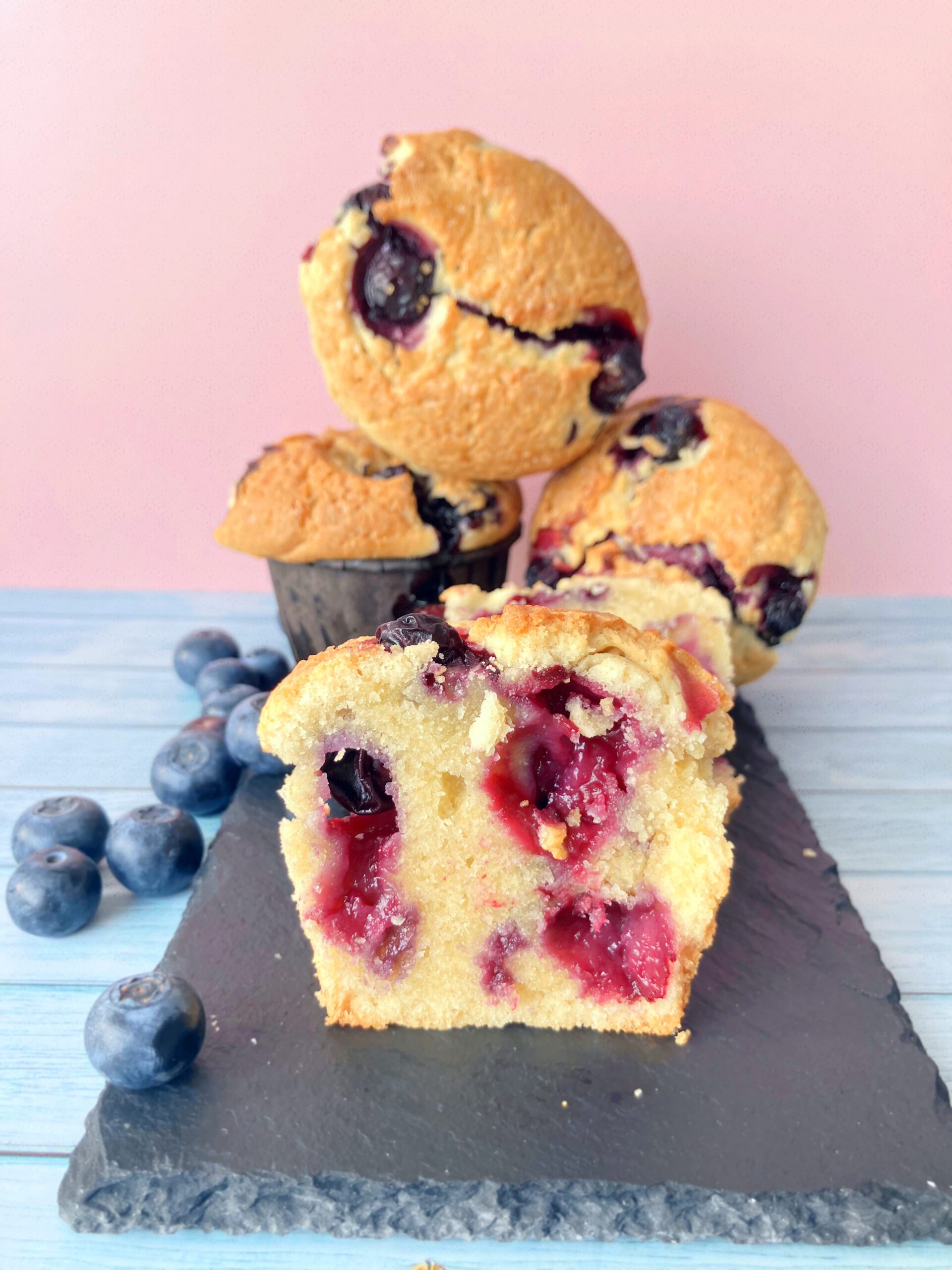

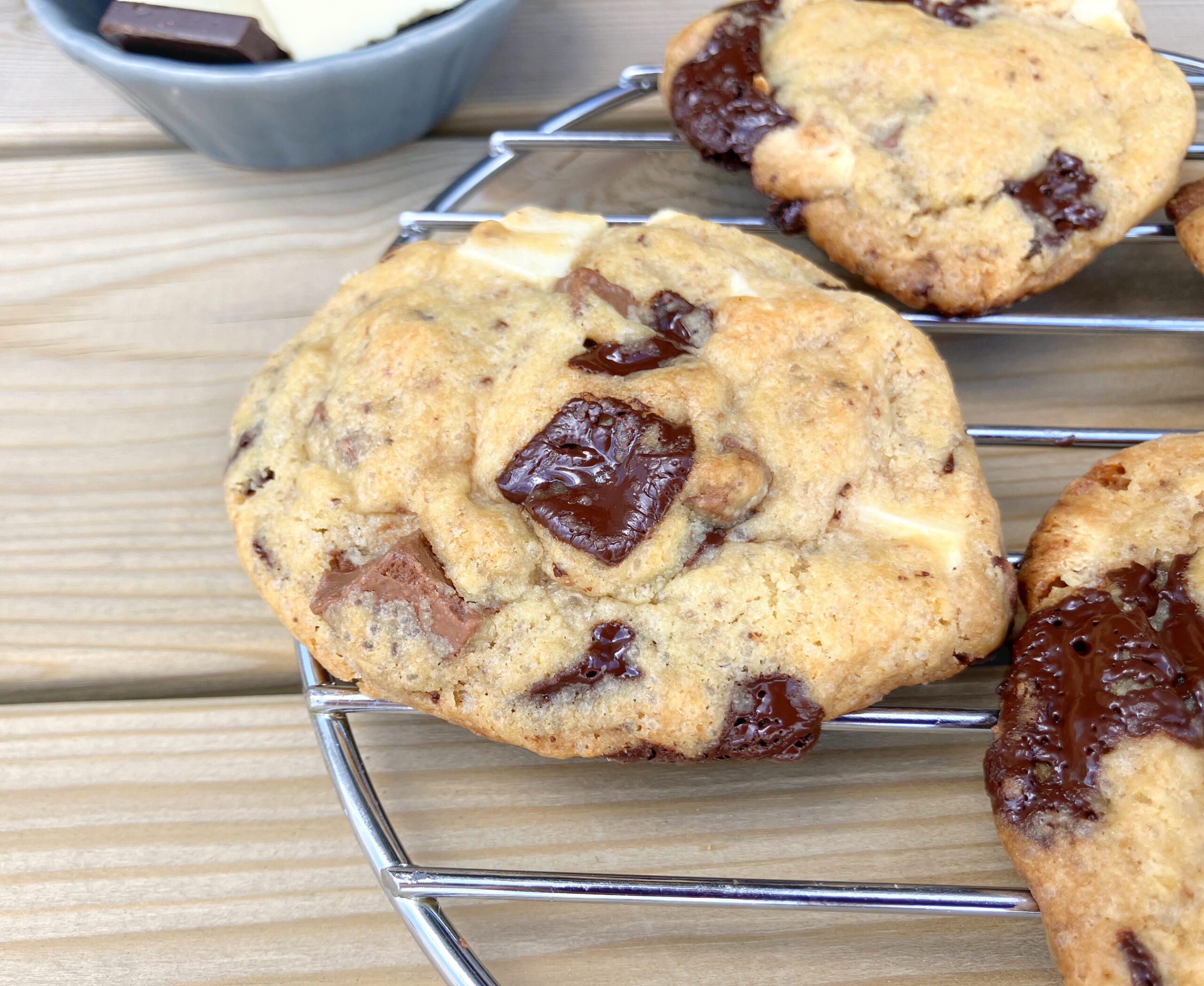

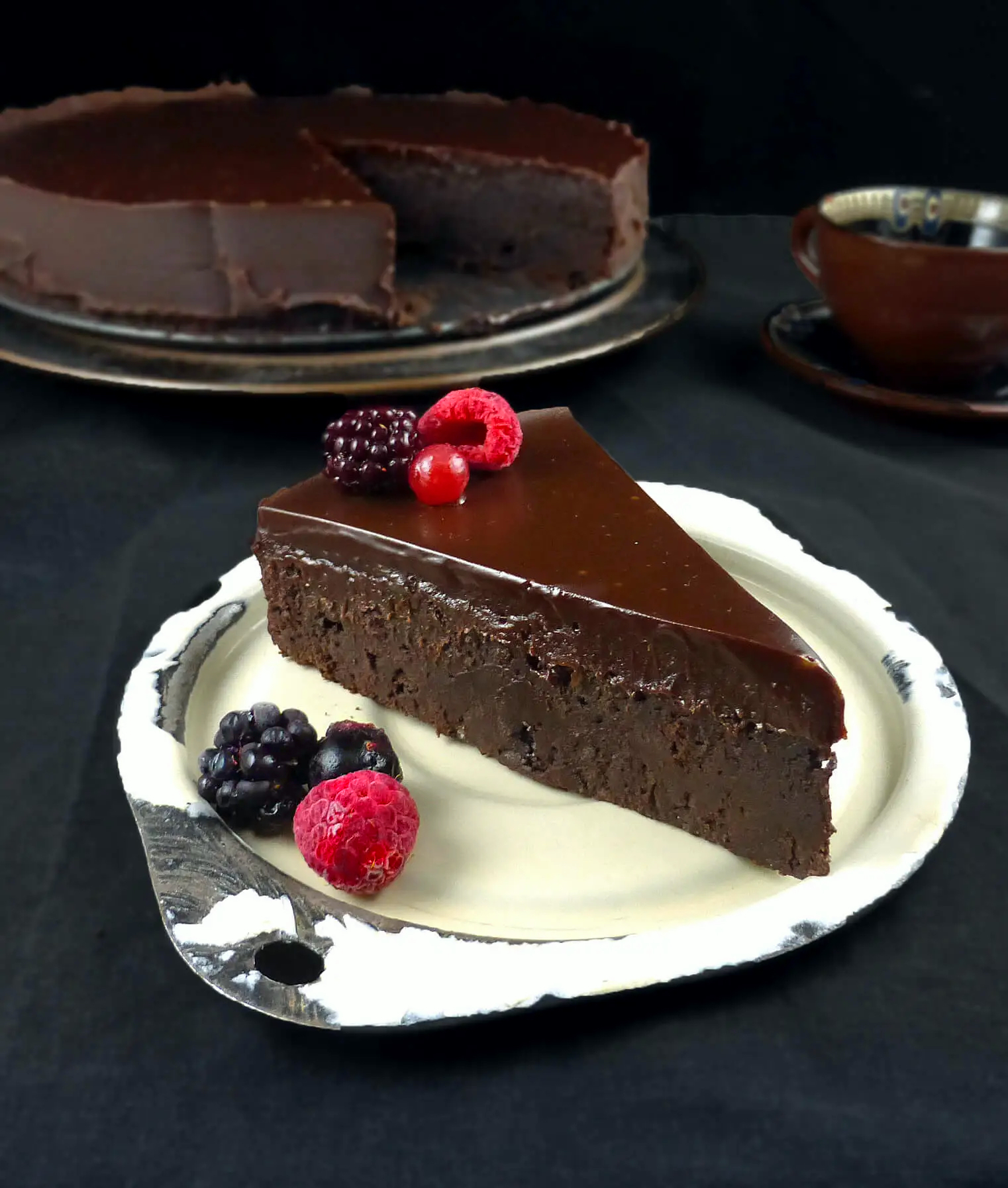


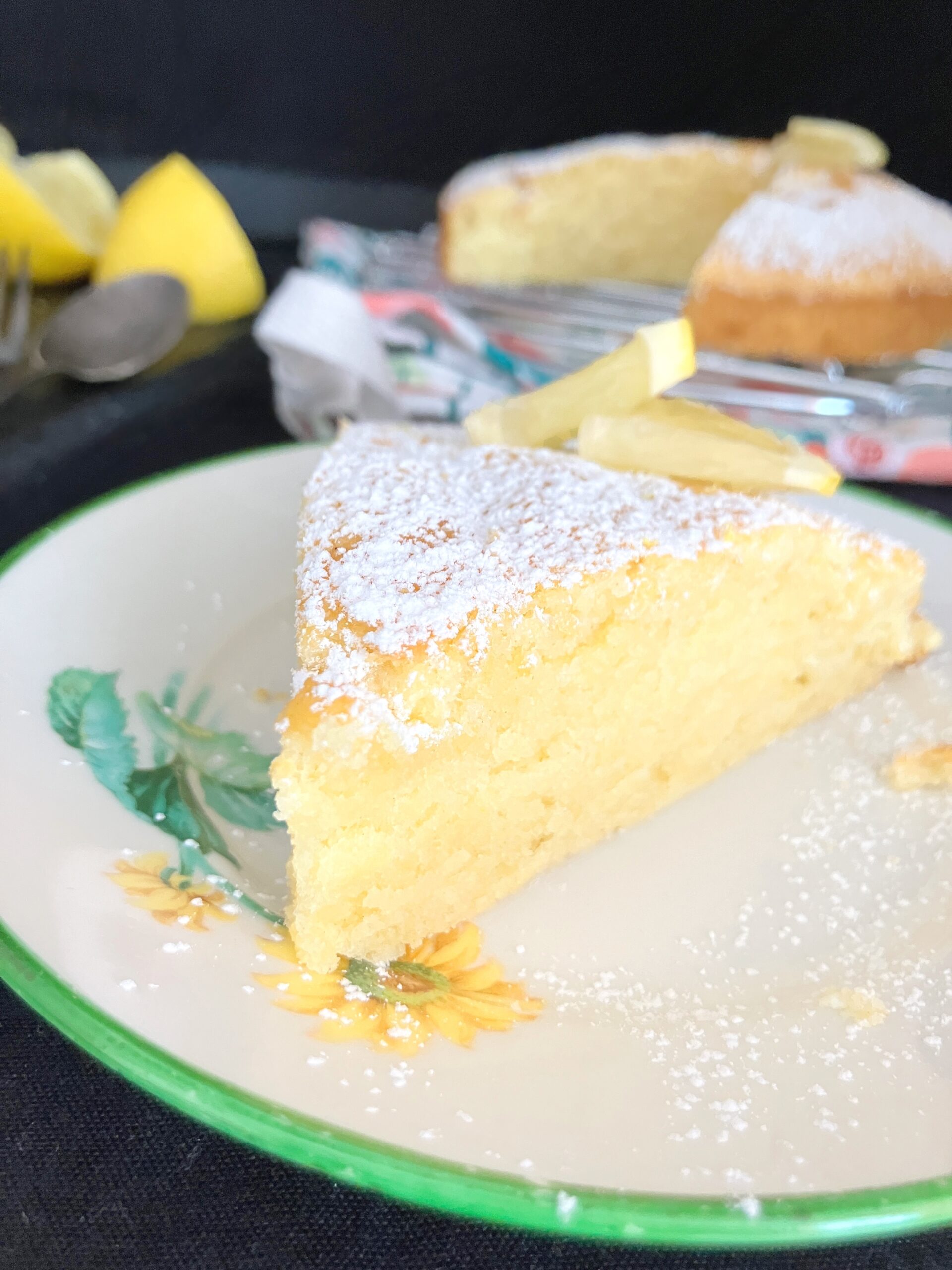

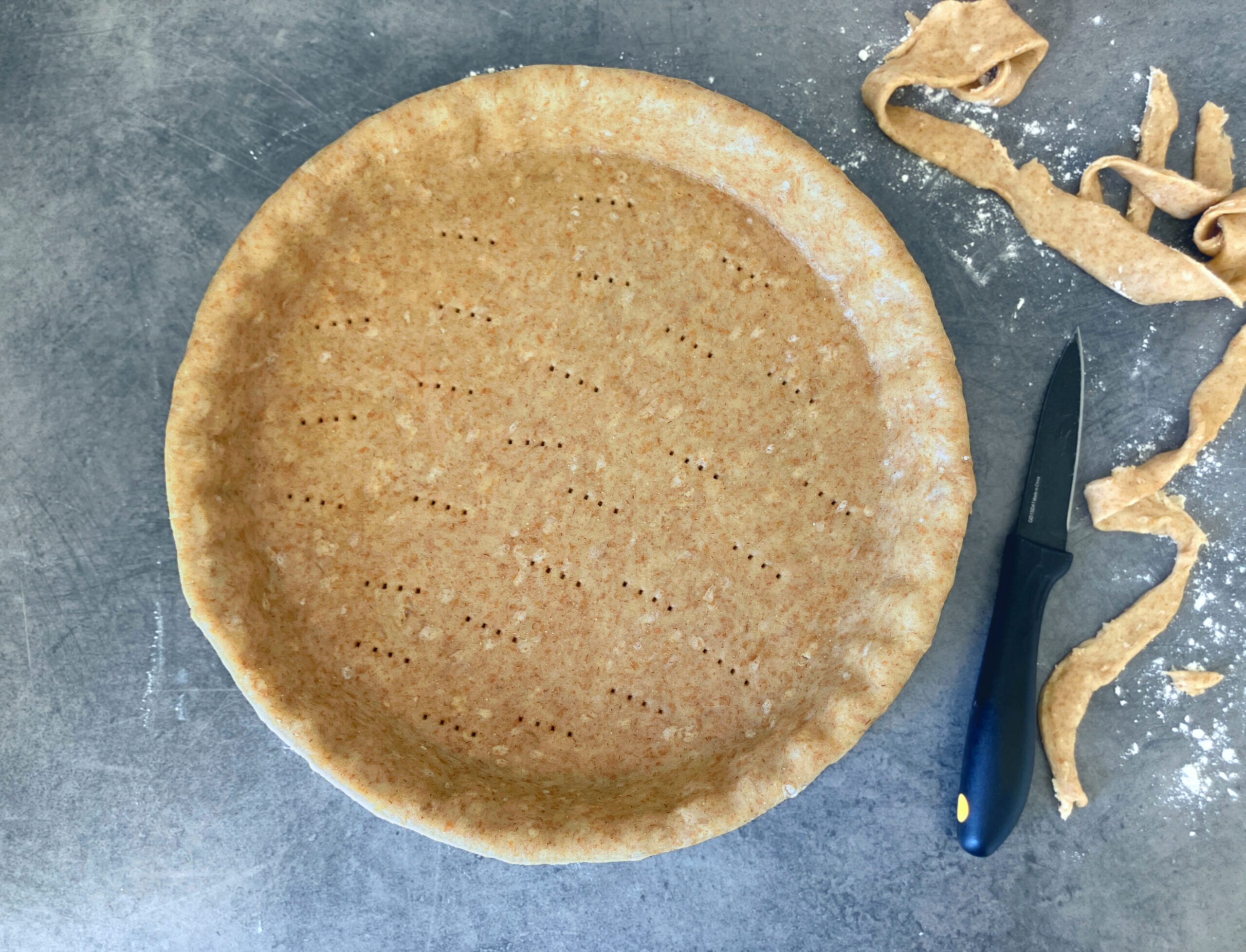


The link on your website for “spelt tortillas” isnt working.
Thank you so much for letting me know, Lauren. All fixed!